Sculpture's a term I take rather broadly: Not just the formal artworks meant to commemorate or idolize, but also the three-dimensional works that give extra dimensions to buildings and walkways, and even provoke a chuckle.
Walking around Munich for a week last summer gave me quite a few opportunities to collect, and now a chance for a little show-and-tell.
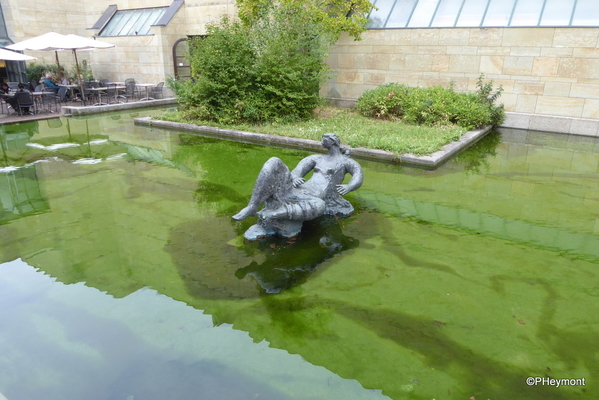
This one is at the entrance of the Neue Pinakothek, Munich's spectacular museum of 19th century art. Water figures in a number of my gleanings, because fountains are among the most popular places for public statues.
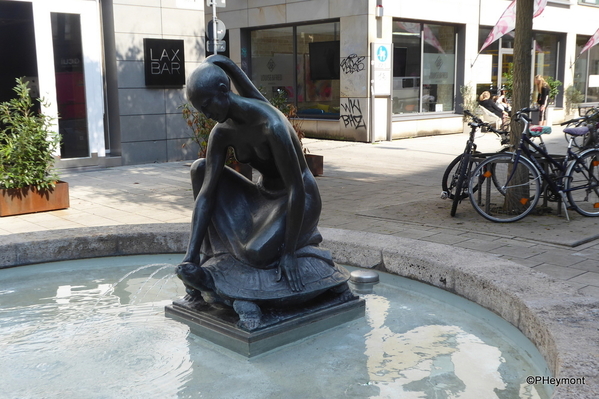
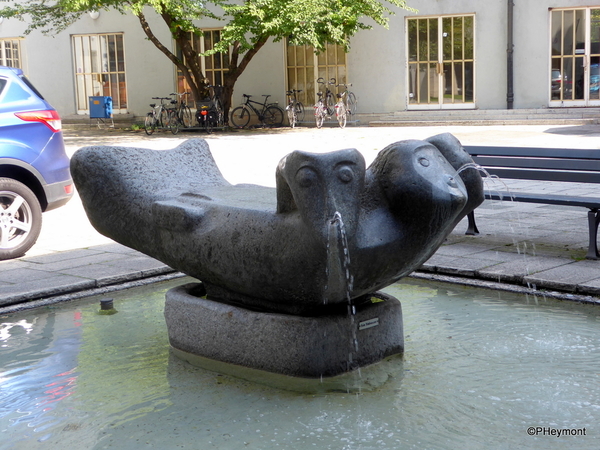
And sometimes the fountains are a bit difficult to explain without a deep knowledge of local folklore. The one below, however, has a pretty interesting history: It's the Fischbrunnen, or Fish Fountain, which explains the images. It was built around 1320 in what is now Marienplatz and was then the major market area; vendors used its waters to keep their stock alive until sale.
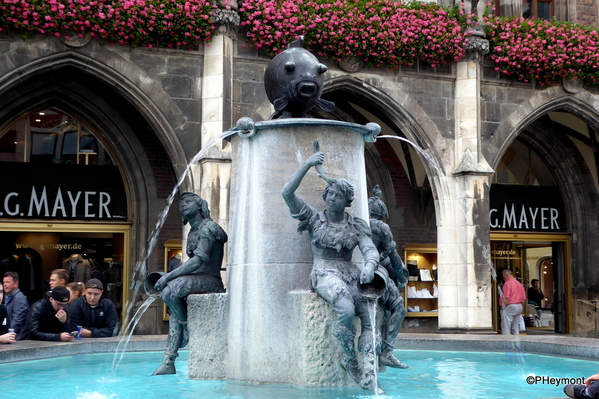
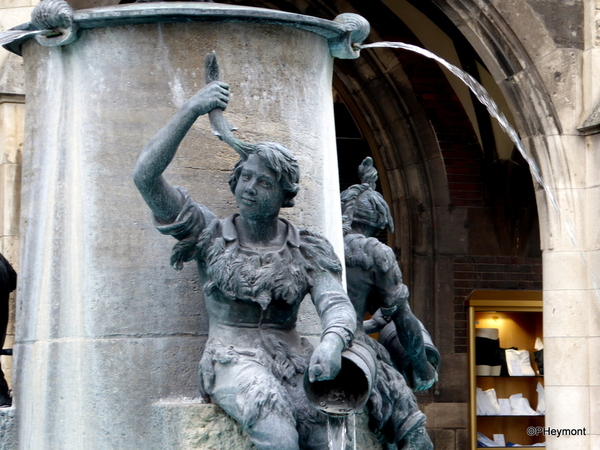

Fountains are not the only public works to get an artistic touch; while I didn't find any especially beautiful manhole covers, these utility poles are done up with a nice touch.
And there are trade signs to be found. The pretzel is on a pretzel (and other snack) stand in Marienplatz; the bicycle, not surprisingly, is parked outside a yarn store. The red gentlemen invites customers to a home furnishing store.
A bit of wicker whimsy marks a spot in the Viktualienmarkt, but oddly they stand outside a natural foods shop, not a poultry stand. Below them, one of a number of comic statues and fountains in the market, representing market trades and legends.
I've noticed that in nearly every city some statue has become the object of a 'lucky rub,' leaving it with one body part highlighted as thousands keep up the tradition. Quite often, the part is a breast or genitals, and Munich is no exception.
Some statues are meant to reinforce pride and history, such as this one of Bavarian King Ludwig I, who in the course of his rule swerved from progressive and beloved to repressive and hated, and who was responsible for much of Munich's 19th-century expansion and for its great museums.
Also in that mode of glorification is the Feldherrnhalle, one of Ludwig's projects. It's an Italian-style loggia that was intended to honor his army, and was built in 1841. The statues are of Bavarian generals—one who commanded armies in the Thirty Years War, and the other in the Napoleonic Wars. During the Nazi era it was used to stage party ceremonies honoring its 'martyrs.'
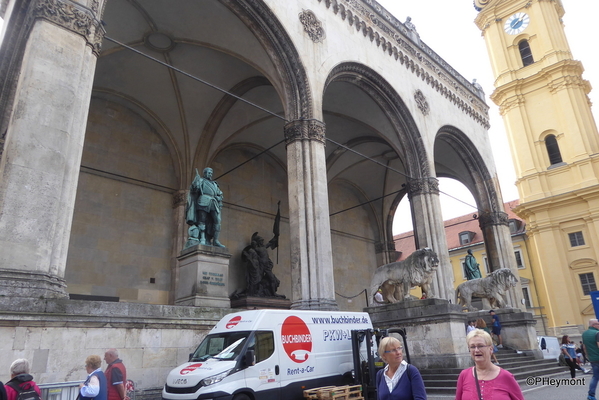
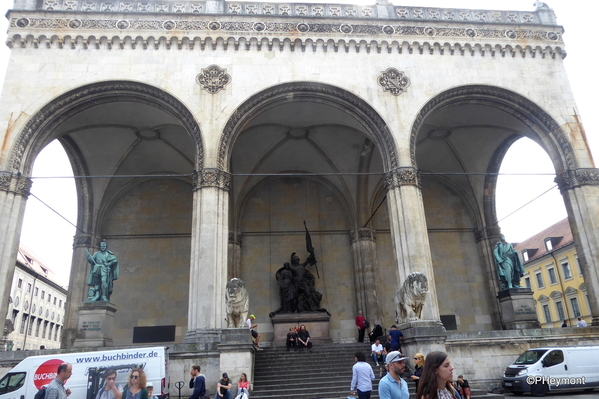
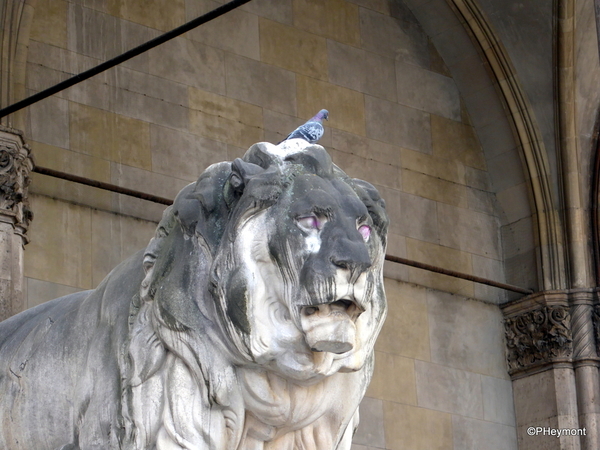
On a more pedestrian level—literally—we come to a statue honoring Sigi Sommer (1914-1996), described on a plaque as "Munich Storyteller and Journalist." The statue is titled "The Stroll." Sommer was noted for his newspaper columns reporting, often with a sour touch, on the habits of Munich residents he encounted on his walks.
Perhaps stretching, but not too much, the definition of sculpture, these are a sample of the many ornate memorials to be found on the outer walls of older Munich churches such as St. Peter's (known as the Alte Peter, or Old Peter).
In a lighter vein, the German Hunting and Fishing Association has posted a pair of its prey outside its headquarters.
Below, statues representing trades and traditions adorn the facade and corners of a bank building.
And here, outside the Pinakothek der Moderne, the city's museum of 20th and 21st century art, we have our final selection, which represents... well, what?

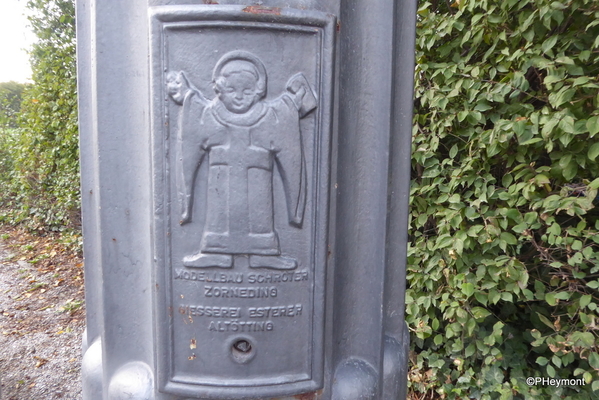
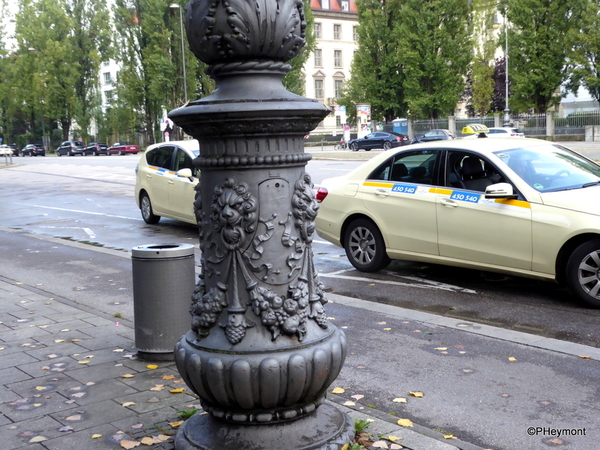
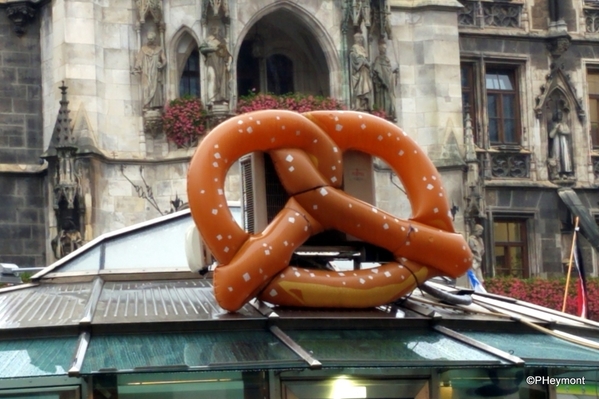
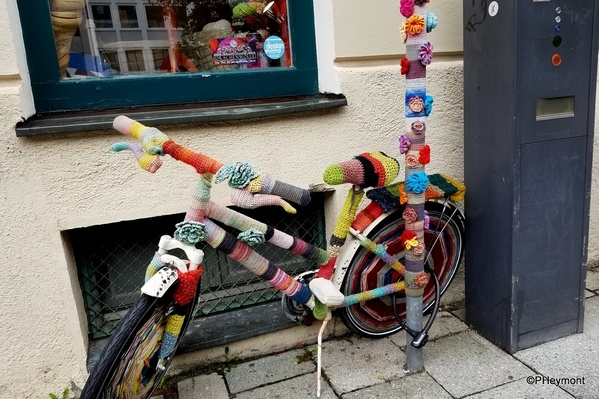
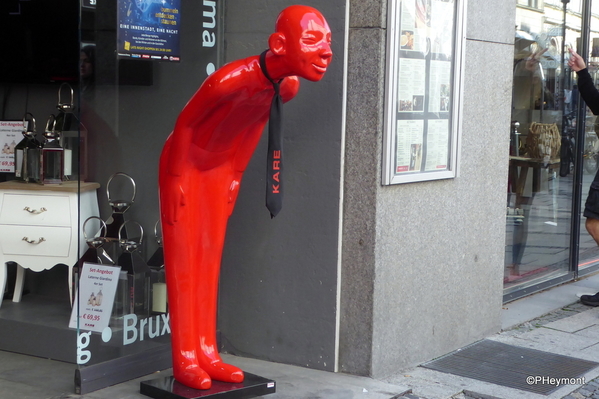
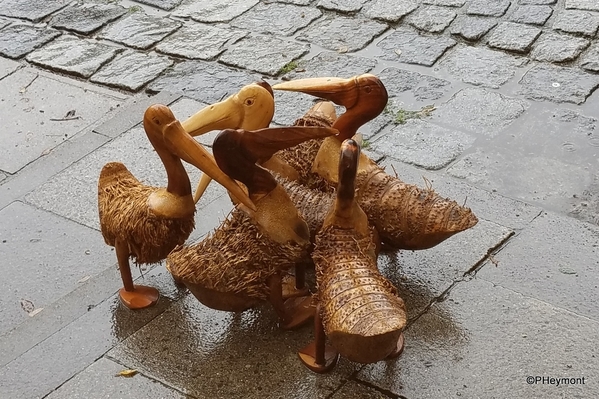
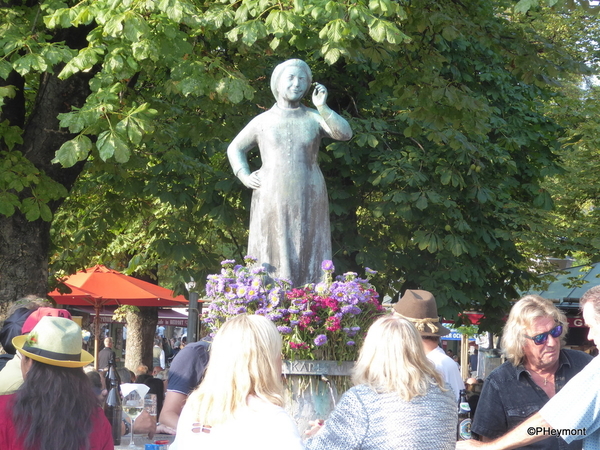
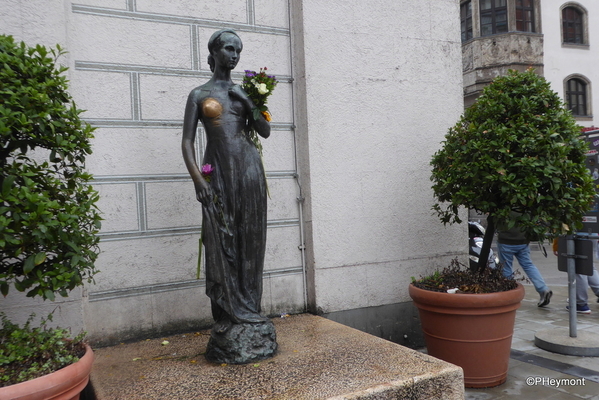
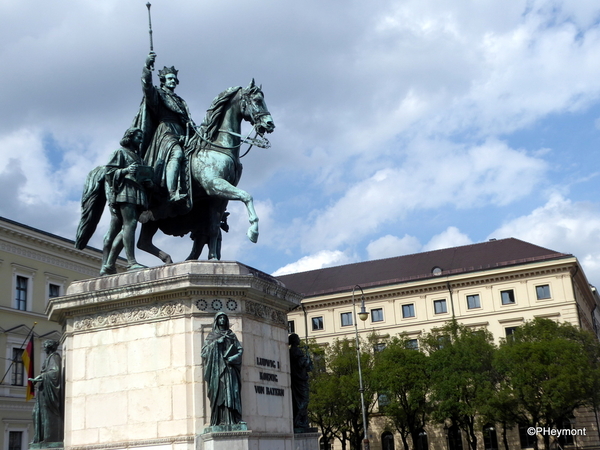
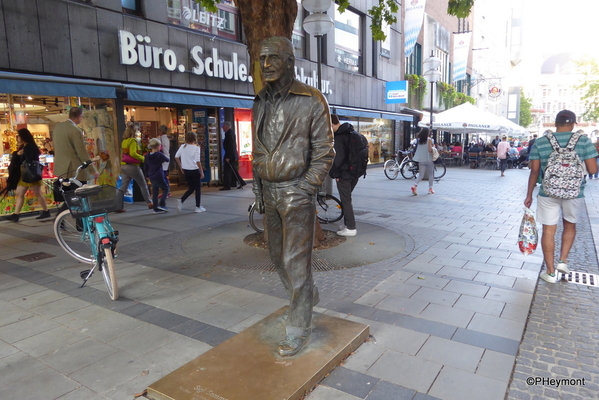
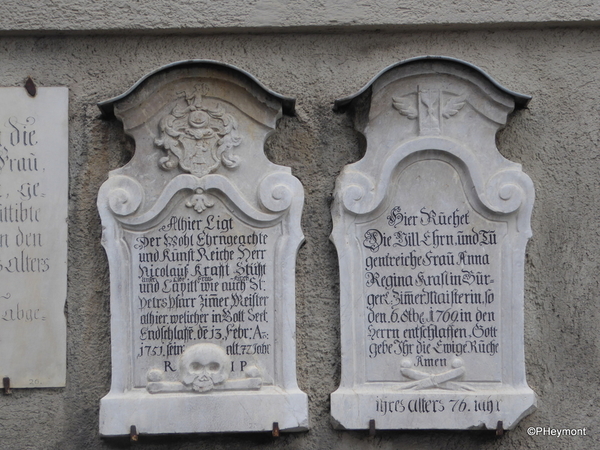
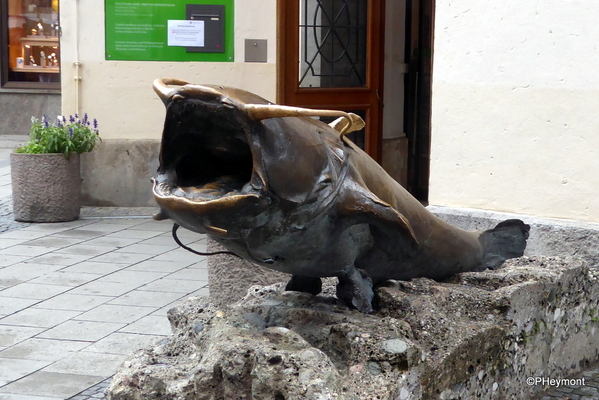
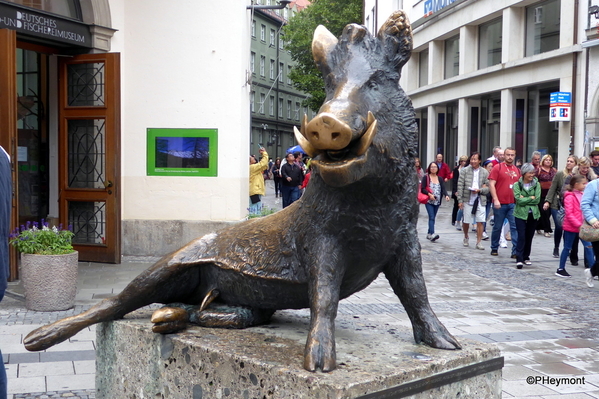
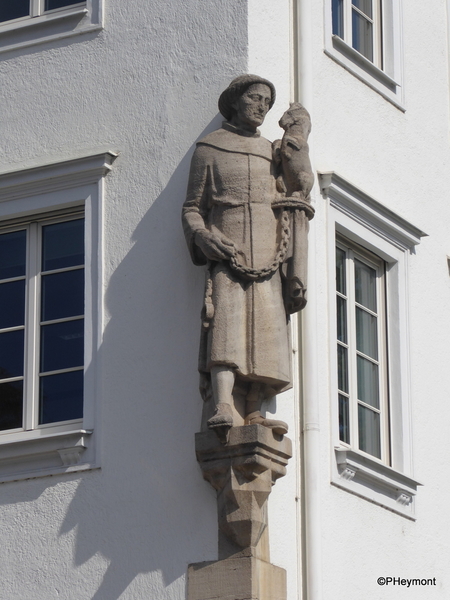
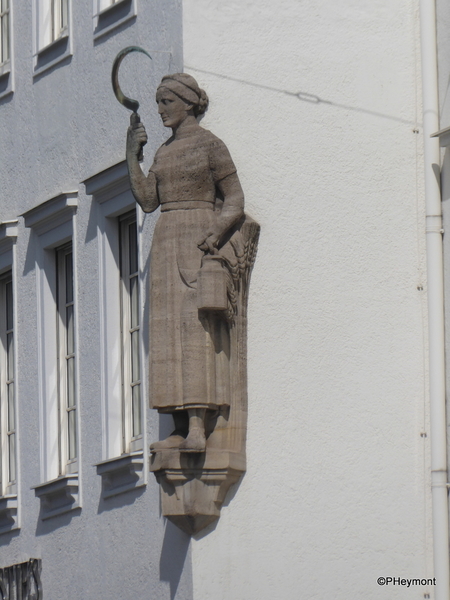
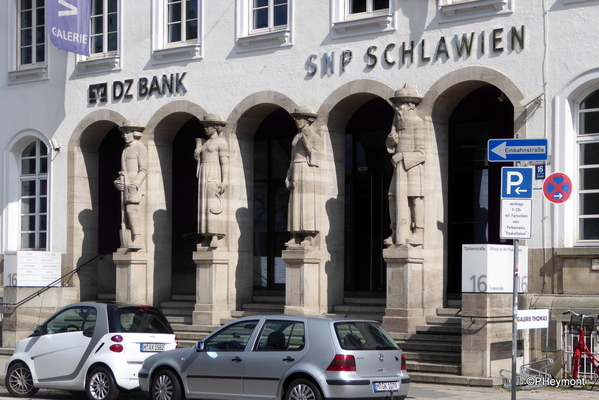
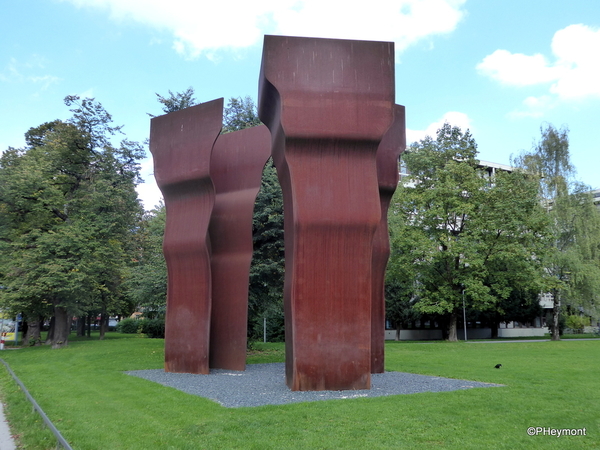

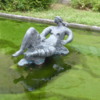





















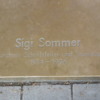


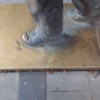



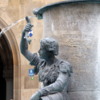

























Comments (0)